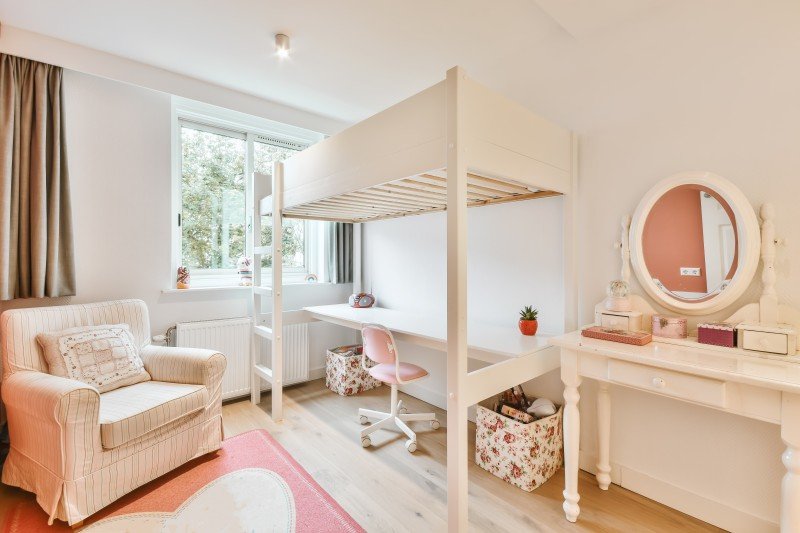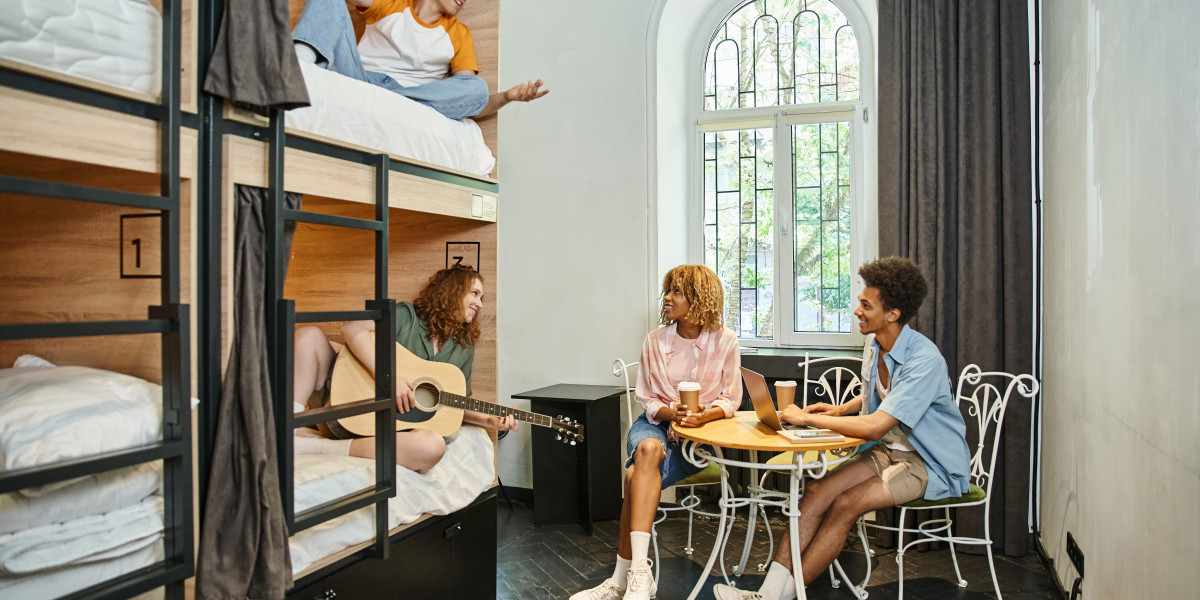The Ultimate Guide to Kids Bunk Beds: Maximizing Space and Fun
With the rise of vertical living and smaller areas, the appeal of bunk beds for sale beds has actually skyrocketed among families. Bunk beds not just use a practical sleeping service, particularly in shared rooms, however they likewise bring a component of enjoyable into a child's life. This extensive guide looks into the features, benefits, and considerations of kids' bunk beds, making it simpler for moms and dads to choose the ideal bed for their children.
Features of Kids Bunk Beds
Bunk beds are versatile furniture pieces that serve more than a single function. Here are some key features to consider:
| Feature | Description |
|---|---|
| Material | Bunk beds can be constructed from wood, metal, or a mix of both, offering varying levels of resilience and style choices. |
| Security Features | A lot of bunk beds come geared up with guardrails, secure ladders, and topped assistances for safety, especially essential for young kids. |
| Style Variety | Alternatives vary from traditional designs to contemporary designs, guaranteeing a match for any space design. |
| Space-Efficiency | Bunk beds utilize vertical space, making them ideal for smaller spaces. |
| Convertible Options | Some designs can be converted into 2 separate beds, offering versatility as children grow. |
| Storage Solutions | Some bunk beds come with integrated storage drawers or racks, helping to keep the room arranged. |
Advantages of Kids Bunk Beds
Buying a bunk bed includes several benefits:
- Space Saving: Bunk beds maximize flooring space, permitting more play area or storage options.
- Fun Factor: With a bunk bed, kids have a location that fosters creativity and friendship during slumber parties or playdates.
- Cost-efficient: Instead of purchasing 2 separate beds, a bunk bed can accommodate 2 children at the same time, saving money in the long run.
- Flexibility: Many bunk beds can be disassembled or converted into twin beds, making them a long-term investment as children's requirements change.
- Social Interaction: Bunk beds encourage household bonding and friendships, offering a welcoming space for kids to share stories and laughter.
Considerations When Choosing a Kids Bunk Bed
When selecting the ideal bunk bed for a kid, moms and dads must take into consideration different aspects:
- Safety Standards: Ensure that the bunk bed abide by security guidelines and features essential safety features.
- Age Appropriateness: Different models cater to different age. For example, standard bunk beds may not be ideal for more youthful kids.
- Room Dimensions: Measure the bedroom to guarantee the bunk bed fits appropriately, permitting space to move conveniently.
- Weight Capacity: Consider the weight load of each bed and ensure it accommodates the kid's weight conveniently.
- Style Preferences: Letting kids take part in the choice process can assist them feel more excited about their brand-new bed.
Kinds Of Kids Bunk Beds
Bunk beds come in different designs and configurations to fit different requirements:
| Type | Description |
|---|---|
| Standard Bunk Bed | A timeless style with one bed stacked on top of another, typically utilizing a ladder to access the top bunk beds for teens. |
| L-Shaped Bunk Bed | Functions 2 bunk beds linked in an L-shape, typically more large and appropriate for kids sharing a space however needing a bit more space. |
| Triple adult bunk beds Bed | Makes up 3 stacked beds, suitable for maximizing sleeping plans in extremely restricted areas. |
| Loft Bed | A raised bed with space below that can act as a backyard, research study corner, or extra storage. |
| Futon Bunk Bed | Combines a bunk bed on the top with a futon or couch underneath, making it great bunk beds for pajama parties and maximizing space usage. |
| Convertible Bunk Bed | Can be separated into two private beds, using flexibility as kids's requirements change. |
Taking Care Of Kids Bunk Beds
Preserving bunk beds is essential for guaranteeing durability and security. Here are some simple care practices:
- Regular Inspections: Check the bed frequently for loose screws and tightened up bolts to ensure stability.
- Cleanliness: Keep bed linen clean and fresh, rotating bed mattress for even wear.
- Guardrails: Ensure guardrails are protected and in place, especially if kids tend to move a lot in their sleep.
- Air Circulation: Ensure the bed has enough air flow, preventing wetness buildup that can result in mold or mildew.
FAQs About Kids Bunk Beds
Q1: At what age can a kid safely utilize a bunk bed?
A1: Generally, kids aged 6 and older are thought about safe to utilize the upper bunk due to the height and stability elements involved.
Q2: Can I put a bunk bed near a window?
A2: It is a good idea to avoid positioning a bunk bed near windows to reduce the danger of falling or injuries.
Q3: Are bunk beds safe for younger kids?
A3: While some contemporary bunk beds for teenagers beds come with safety functions accommodating more youthful kids bunk beds (www.seanna.top), it is typically suggested to wait until they are older, typically over six years.
Q4: What is the common weight limitation for leading bunks?
A4: Weight limitations vary by design however generally range from 150 to 250 pounds. Constantly refer to the producer's specs.
Q5: How often should I inspect the bunk bed's security functions?

A5: It is a good idea to conduct a security check every couple of months or whenever you notice any indications of wear.
Kids' bunk beds function as a tactical option for families wanting to maximize space while supplying an enjoyable and engaging sleeping environment for their children. With a variety of alternatives readily available-- from basic designs to loft beds-- parents have the flexibility to select something that satisfies their family's specific requirements. By considering important factors such as safety, room suitability, and their children's choices, moms and dads can make an educated choice, guaranteeing that each kid is excited about bedtime while gaining from a well-organized space.







